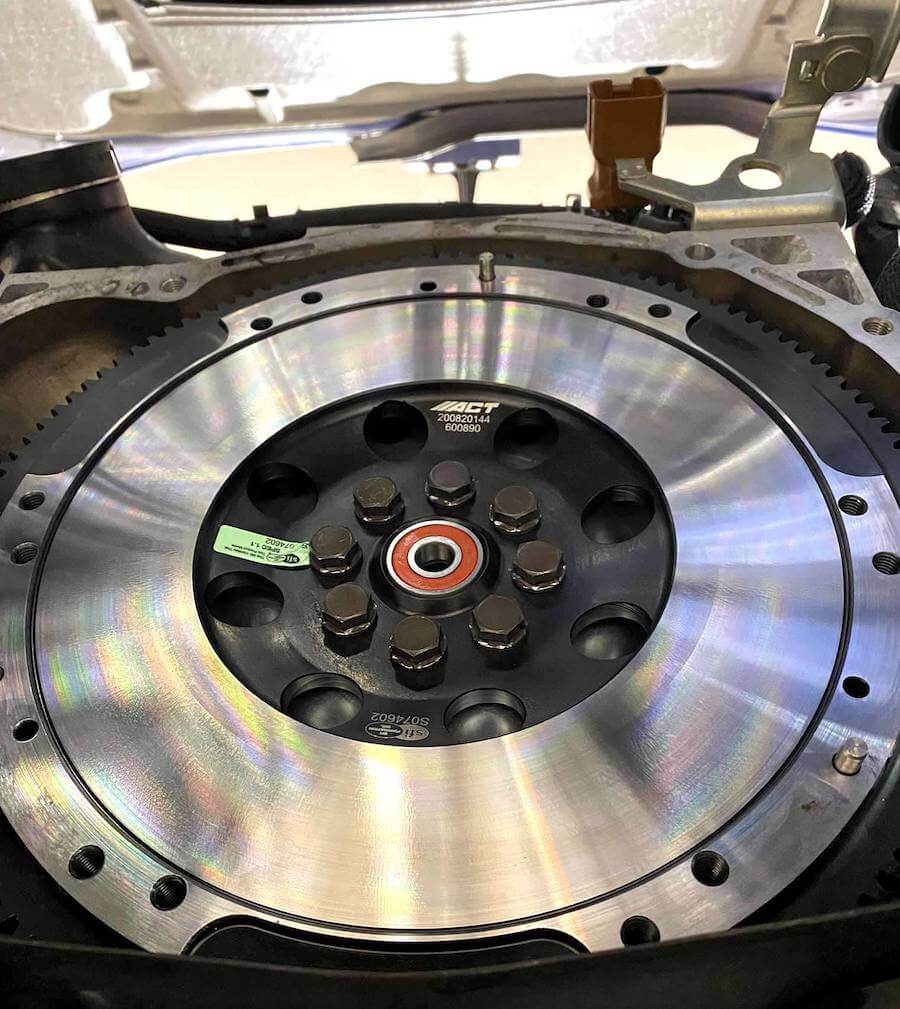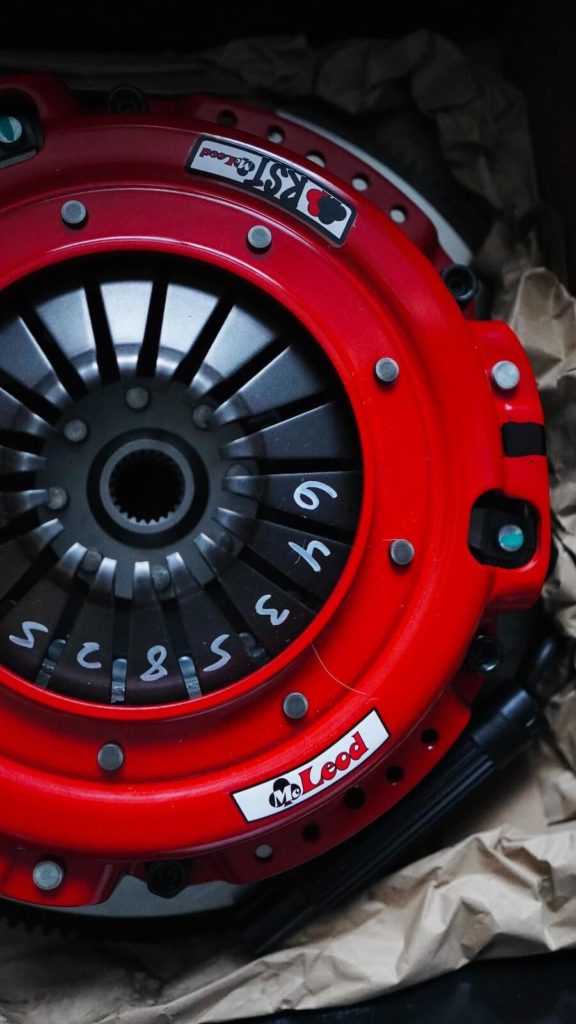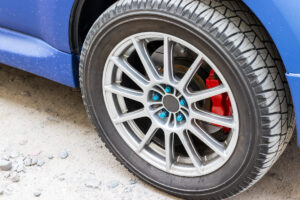The clutch on your Subaru is a metal disk with friction material bonded to it. When the clutch is engaged, two parts make contact: the clutch disc and the flywheel. Over time the friction material will wear thin and can cause various issues. There are specific symptoms your Subaru will have when it’s time for the clutch to be replaced.
The most common signs that your Subaru’s clutch needs to be replaced are: issues changing gears, a chattering or screeching noise, high RPMs, low clutch fluid, a burning smell, and the vehicle becomes stuck in one gear.
Continue reading to be able to identify these common Subaru clutch failure signs. There will also be information about how much a clutch replacement typically costs and tips to make your Subaru’s clutch last longer.

6 Signs That Your Subaru Needs A Clutch Replacement
1. Extended Travel Of The Clutch Pedal
There should be about one inch of clutch pedal travel before you feel pressure. The shifter should be able to go into gear smoothly with about 1.5 – 2 inches of distance from the floor. If your clutch pedal feels too soft for most of the travel, this is a sign something is wrong. Also, if you cannot shift into gear without pressing the clutch pedal to the floor, your clutch probably needs to be replaced. It is better to address this issue sooner rather than later because the clutch pedal travel may become so lengthy that it does not fully disengage the clutch, and you will not be able to shift into gear.
2. Chattering or Screeching Noise From The Transmission
There should be almost no noise coming from the clutch under normal circumstances. If you start hearing a rattling noise when you push the clutch pedal down, it is a sign that something in the clutch assembly is loose and needs to be replaced. You might also start hearing a screeching noise when the clutch disc starts to make contact with the flywheel, which signifies that the friction material is too thin and a clutch replacement is needed. A chattering noise when the clutch disc is beginning to make contact with the flywheel means there is a failing part in the clutch assembly. By continuing to drive your Subaru when these noises occur, you risk damaging the flywheel in your vehicle.
3. Engine RPM Rising
When your clutch fails completely, your vehicle will not move when it is in gear and you press the gas. Before complete failure, you will notice when your clutch begins slipping. When the clutch disc starts contacting the flywheel, but there isn’t enough friction material left, it will not fully engage, and slippage will occur. If your clutch is slipping, don’t press the accelerator pedal further down; this will further damage the clutch assembly.
4. Low Clutch Fluid Level
Having low clutch fluid means there is a problem with your clutch assembly. As the friction material on your clutch disc gets thinner, more fluid will need to be used to provide the proper amount of pressure in the system. Having the right amount of clutch fluid is very important because your Subaru uses the pressure built from this fluid to engage and disengage the clutch. If the clutch is not engaging or releasing correctly, it will cause more damage to drivetrain parts, and the vehicle may become undrivable.
5. You Notice A Burning Smell In The Cabin
If you notice a strong burning smell in the cabin while driving, it could be from your clutch slipping. When the friction material on your clutch disc gets too thin, it will quickly overheat the disc and flywheel, causing this odor. Another cause of the smell is that no friction material is left, and the metal disc is contacting the flywheel. It is also possible that another part in the clutch assembly has failed and is causing the clutch disc to not fully disengage from the flywheel causing them to overheat and produce a burning smell.
6. You Get Stuck In Gear
If there is a complete failure of the clutch assembly, you can become stuck in the gear you are currently in. This is a hazardous situation because you cannot put the vehicle in neutral to assist in slowing down. Since the clutch cannot be released, slowing your vehicle down will involve heavy braking, and the engine usually will stop running when the car has been brought to a stop. Towing the vehicle to a qualified Subaru repair shop is your only option at this point, as the vehicle is undrivable.
How To Increase The Life Of Your Subaru Clutch
- Avoid riding the clutch when accelerating from a stopped position.
- Do not “launch” the car from a stop.
- Make sure you are in the correct gear for your driving situation.
- Flush your clutch fluid every 2-3 years or 30,000 miles.
- If the clutch pedal travel can be manually adjusted on your specific year and model of Subaru, have a Subaru specialist make sure it’s operating in the correct range.
How Much Will It Cost To Replace The Clutch On Your Subaru?
Subaru has made vehicles with manual transmissions for around 50 years, so getting an exact price for your specific model and year will require more details. For most models, the average cost is roughly $1,000 to $2,000. If your clutch disc needs to be replaced and you continue driving, there is a chance that the flywheel will need to be replaced as well. In most cases, the flywheel can be resurfaced when your clutch is replaced. But if not, it could add more cost to the repair.

Final Thoughts
Subaru recommends that the clutch disc be replaced every 50,000 miles on most of their modern vehicles. Subaru owners who use good driving practices can sometimes get 75,000 to 90,000 miles out of their clutch disc. If you are getting any symptoms like the ones above, it’s more than likely time to get your Subaru’s clutch replaced. Be sure to take it to a Subaru specialist so that the issue is diagnosed correctly and your vehicle is back on the road promptly.
If you are near Little Rock, Arkansas, call us at (501) 214-1091 or Get A Quote Now!



